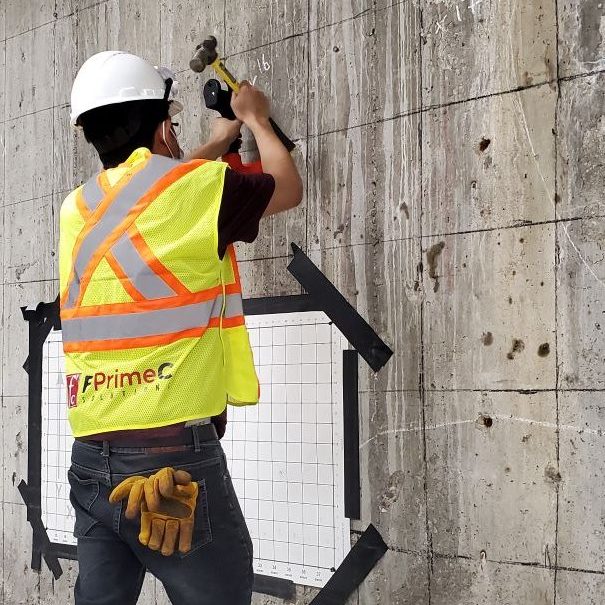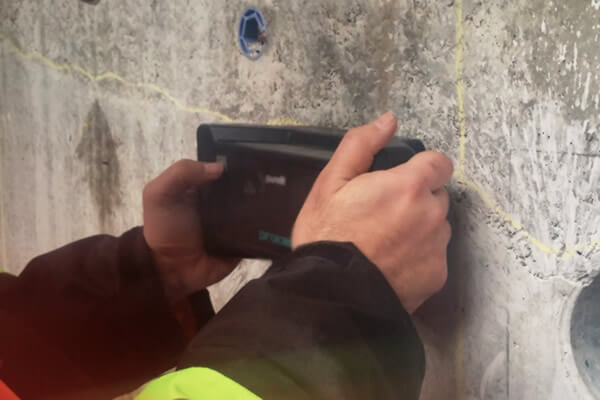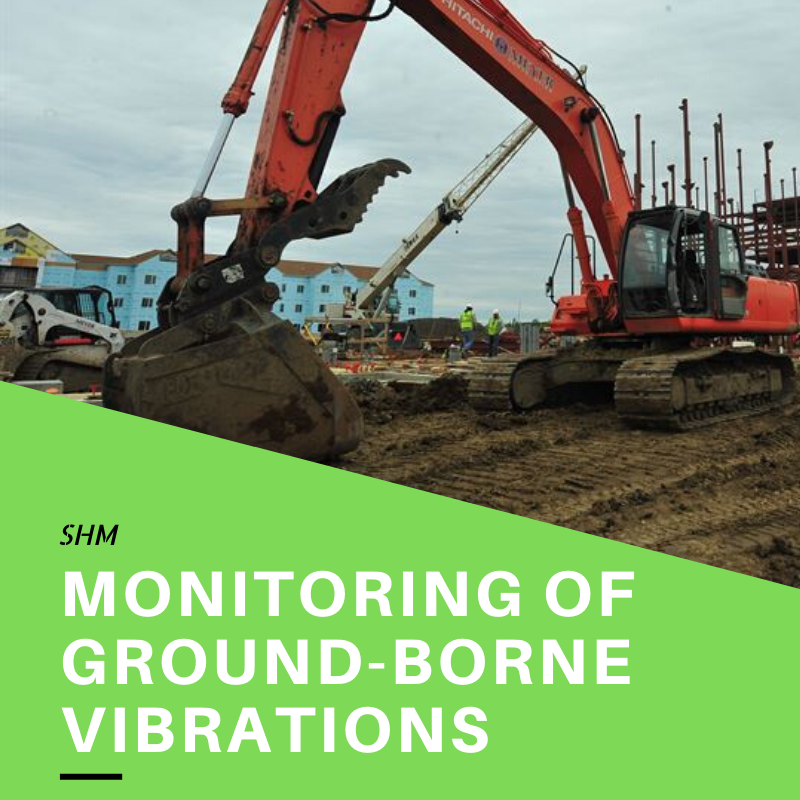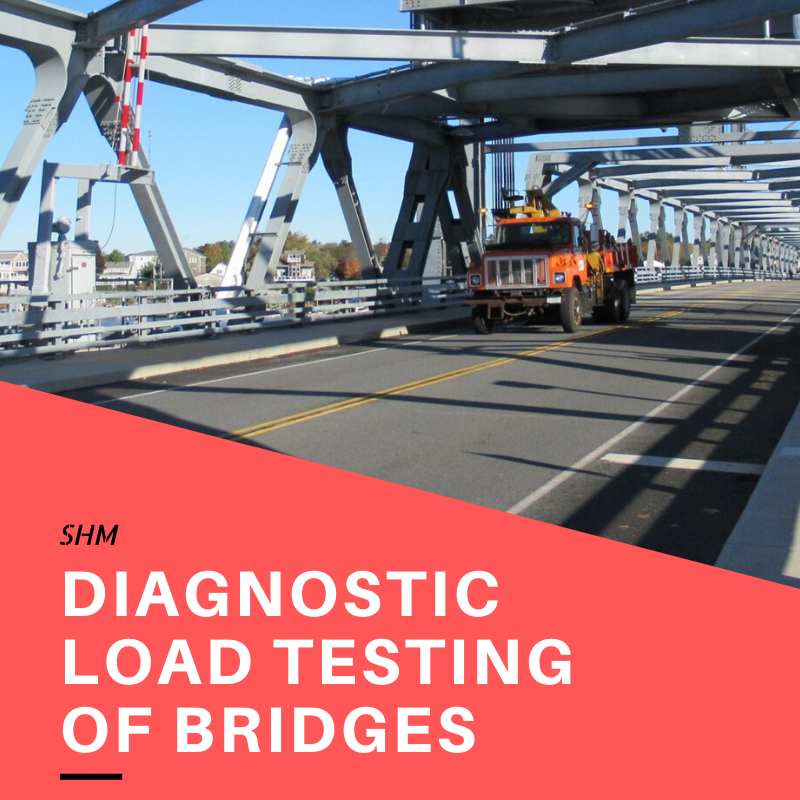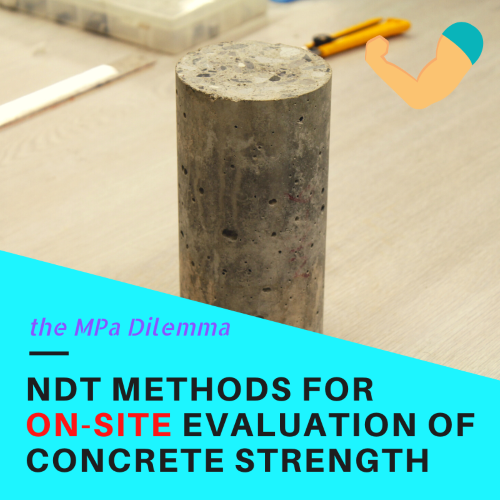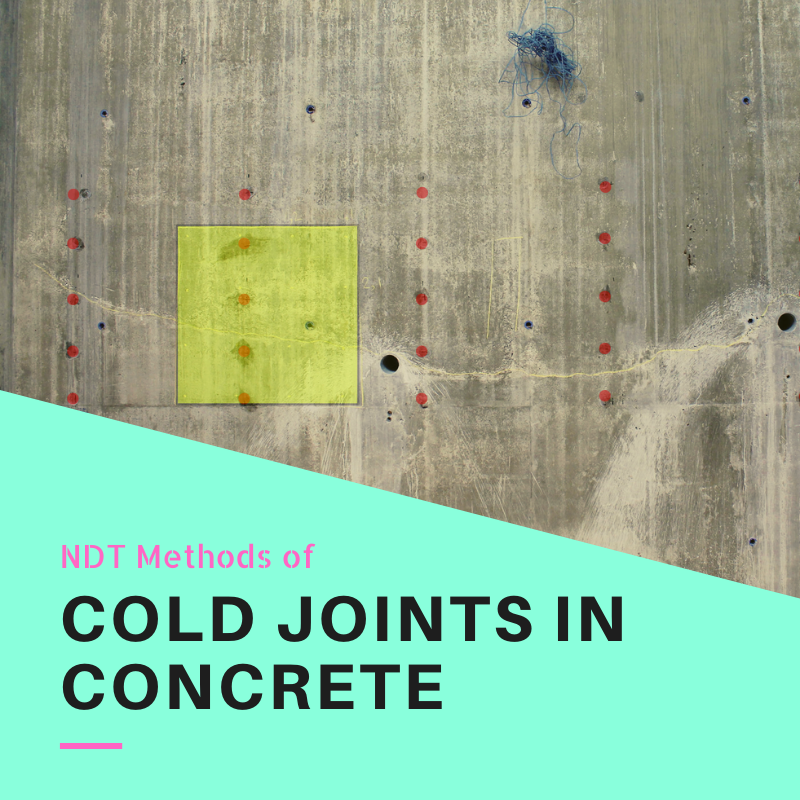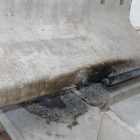Applications of Nondestructive Testing in Concrete Construction
Nondestructive Testing have great applications in the concrete construction industry. It helps designer, construction engineers, and contractors the ability to verify the quality and integrity of built structures, identify and quantify potential defects, and record as-built condition like never before. The author has several years of combined research


